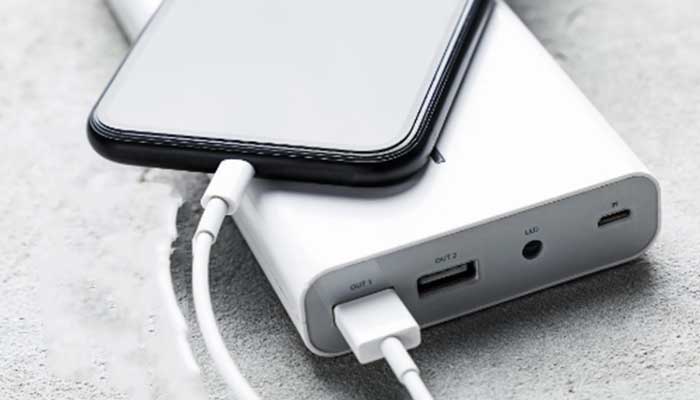
Carrying several electronics, such as a smartphone, tablet, laptop, and so on, is typical nowadays. You may not always have access to a wall outlet to charge all or part of them, though. That is why it is critical to include a power bank in your bag. How can you determine which power bank is ideal for you when there are so many options? Before making a purchase, consider everything from different charging standards to different ports to the bundled cords. It’s enough to confuse a potential buyer.
We put a variety of power banks from various manufacturers through their paces, covering a wide range of pricing points and features. We’ve compiled a list of our favorites to assist you in finding the greatest deal. You may be confident that our suggestions are all sound since the PCWorld team thoroughly tests each power bank. Continue reading to find out more about our recruiting process.
1. Compatibility
These battery packs may be used to power a wide range of devices, including laptop computers, mobile phones, tablets, and portable gaming consoles. However, their primary target market is portable media and communication devices. A handful offers several outlets that allow you to simultaneously charge multiple devices, such as two phones or your smartphone and tablet, while the majority can repeatedly recharge a smartphone.
2. USB-C Type
A standard connector known as USB-C has been utilized in many products during the last year or so. It has sides that are rounded and resemble a smaller USB-A port. In terms of power banks, it has two distinguishing benefits: in addition to its flippable fitting, USB-C supports speedy charging and can provide a charge in both directions.
3. Weight
Size and weight often grow as mAh capacity does. Despite the fact that a larger power bank could seem like a good idea, it might be too big to fit in your pocket or bag.
Choose a pocket-sized model with a capacity of at least 6000-10,000mAh if you want to keep your phone charged during a one-day music festival, picnic, or night out. Larger versions may be required in other circumstances, such as multi-day power outages, albeit they are typically too big to fit in most pockets.
4. Build Material
The main factor affecting a device’s lifetime is the material it is made of. The overall quality of the power bank influences not only how effectively it performs but also how quickly and precisely energy is transferred from it to the device being charged. Using a subpar power bank might result in your device not charging correctly or even being damaged.
5. Number of Ports for Charging Multiple Devices
Early power banks simply featured one output port; however, as they became more popular and consumers began to want to charge many devices at the same time, larger power banks began to enable two or more connections. Simply ensure that the output current capabilities of each port are enough. When charging many devices at the same time, a power bank may not provide the full current to each port; instead, it may divide the overall maximum current output across the outputs, slowing device charging.
Also, see the best USB car chargers and the best weather apps by clicking here.
Leave a Reply